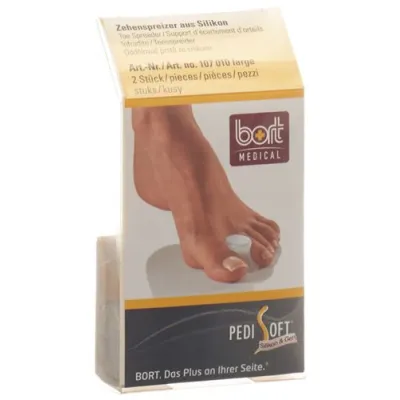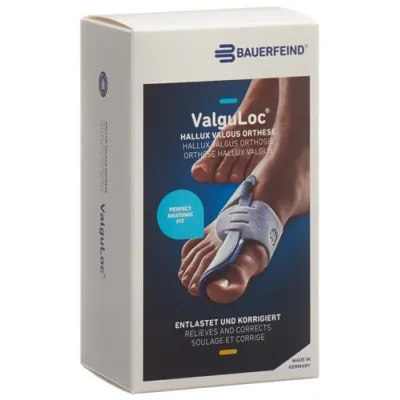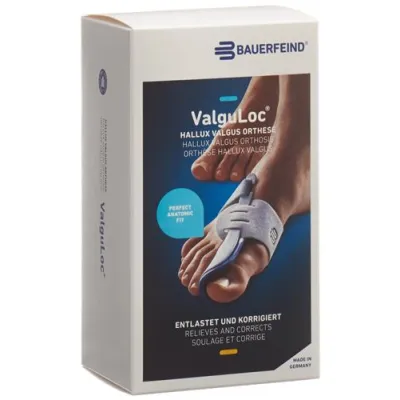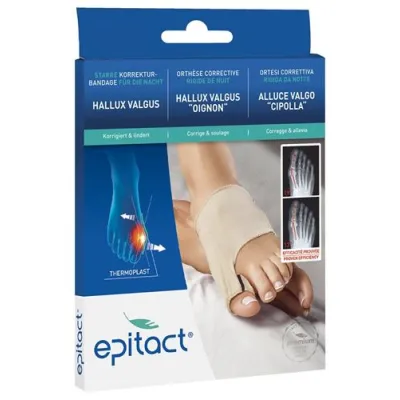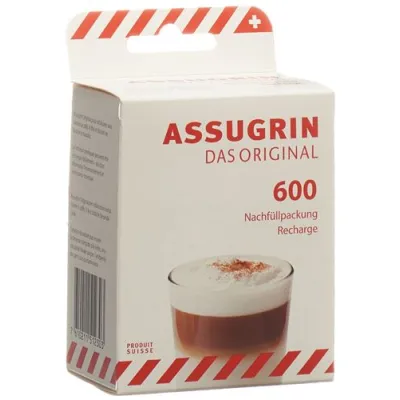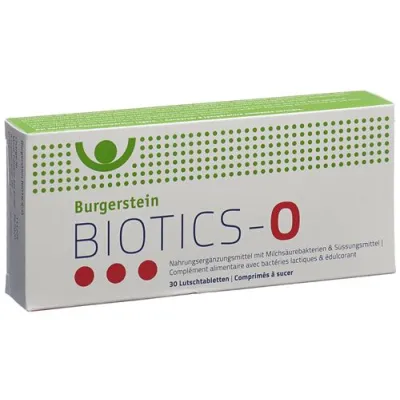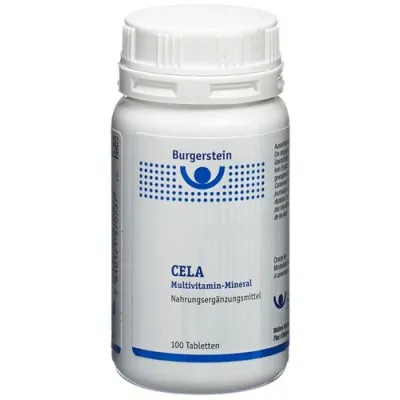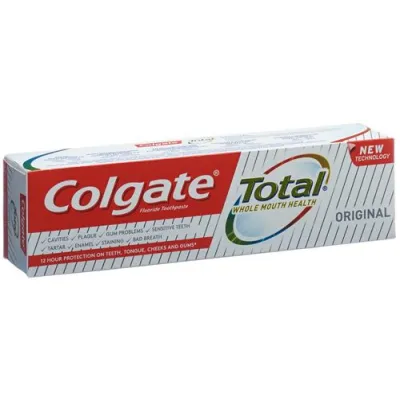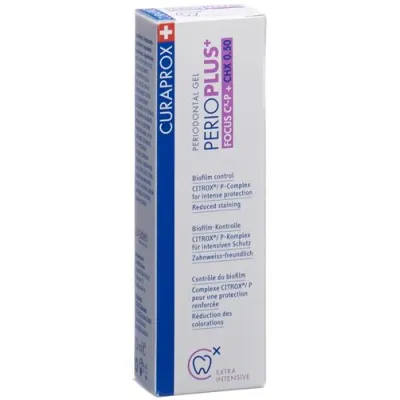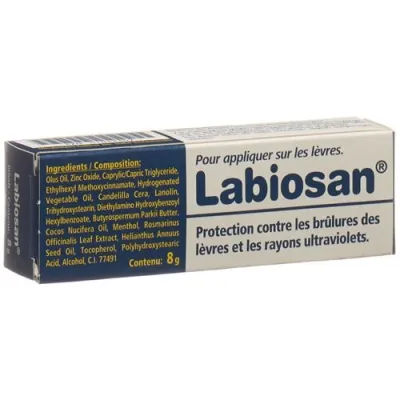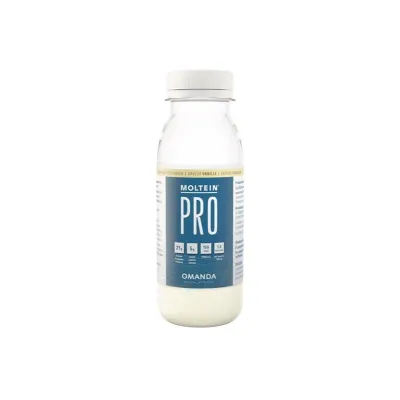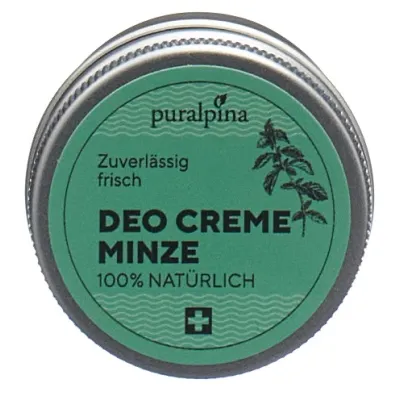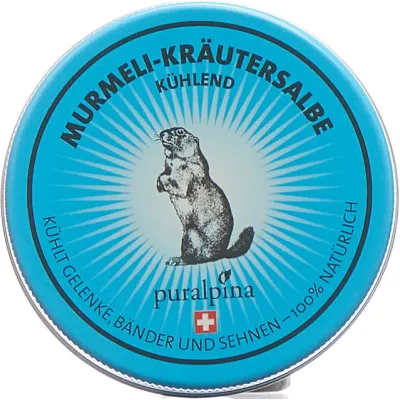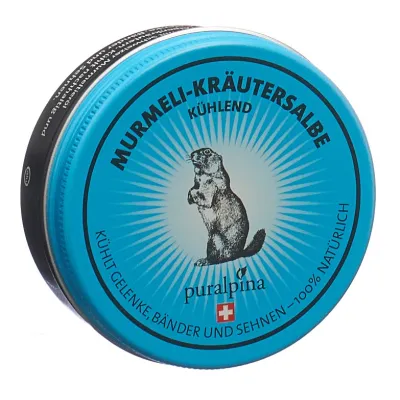Correction Help
(2 Pages)
SCHOLL toe wedges 1 small/2 large
The Scholl toe wedges provide relief from pain and soreness between the toes. The soft foam material..
13.30 USD
BORT PEDISOFT toe spreader small 2 pcs
Characteristics of BORT PediSoft Toe spreader small 2 pcsAmount in pack : 2 piecesWeight: 27g Length..
21.90 USD
Bort PediSoft toe spreader with ball of foot protection
Characteristics of Bort PediSoft Toe Divider with ball protectionAmount in pack : 1 piecesWeight: 21..
24.69 USD
Epitact flexible correction bandage Hallux valgus TAG M 21.5-23cm
Epitact flexible correction bandage Hallux valgus TAG M 21.5-23cm Wearing the splint daily prevents..
90.07 USD
BORT PEDISOFT toe spreader large 2 pcs
Characteristics of BORT PediSoft Toe spreader large 2 pcsAmount in pack : 2 piecesWeight: 36g Length..
21.90 USD
Gehwol toe spreader G small 3 pcs
Characteristics of GEHWOL toe spreader G 3 small piecesCertified in Europe CEStorage temp min/max 15..
21.94 USD
Epitact flexible correction bandage Hallux valgus TAG S 20-21.5cm
With daily wear, the Epitact Hallux Valgus Correction Splint makes it possible to correct and limit ..
88.34 USD
ValguLoc stabilizing orthosis size 2 right titanium
ValguLoc supports the axially correct position of the big toe after an intervention or prevents the ..
39.67 USD
Epitact rigid correction bandage hallux valgus NIGHT S 20-21.5cm
Rigid correction splint for hallux valgus that relieves nocturnal pain and relieves contact pain. Th..
86.35 USD
Epitact flexible correction bandage Hallux valgus TAG L 23-24.5cm
Epitact flexible correction bandage Hallux valgus TAG L 23-24.5cm Wearing the splint daily prevents..
90.07 USD
Epitact rigid correction bandage hallux valgus NIGHT M 21.5-23cm
Characteristics of Epitact rigid correction bandage bunion NIGHT M 21.5-23cmCertified in Europe CESt..
86.35 USD
ValguLoc stabilizing orthosis size 2 left titanium
ValguLoc supports the axially correct position of the big toe after an intervention or prevents the ..
39.67 USD
EPITACT toe straightener S small 6 pcs
EPITACT Toe Richter S Small Pieces 6: The Solution for Toe Problems EPITACT Toe Richter S is a sm..
45.31 USD
Epitact rigid correction bandage hallux valgus NIGHT L 23-24.5cm
Epitact Rigid Correction Bandage Bunion NIGHT L 23-24.5cm If you suffer from bunion pain, the Epitac..
85.42 USD
Epitact flexible double protection correction bandage hallux valgus TAG
Epitact Flexible Double Protective Bandage Correction Hallux Valgus DAY M 21.5-23cm Left The Epitac..
98.59 USD
(2 Pages)
Bestsellers
Correction help for the feet includes various devices and products designed to improve foot alignment, reduce pain, and prevent further damage to the feet. Two common types of correction help are correction bandages and toe dividers with ball protection.
Correction bandages are elastic or compressive bandages that are wrapped around the foot to provide support and reduce pain. They are commonly used to treat conditions such as plantar fasciitis, Achilles tendonitis, and ankle sprains. Correction bandages come in various sizes and materials, including neoprene, nylon, and spandex. When choosing a correction bandage, it is important to consider the size, compression level, and intended use. A healthcare provider or foot specialist can recommend the best type of correction bandage for a particular foot condition.
Toe dividers with ball protection are devices that fit between the toes to separate and align them, and also provide cushioning to the ball of the foot. They are often used to relieve pain from conditions such as bunions, hammertoes, and Morton's neuroma. Toe dividers with ball protection can be made from silicone or other soft materials, and come in various sizes and shapes. When choosing a toe divider, it is important to consider the fit, level of cushioning, and intended use. It may be necessary to try several types of toe dividers before finding one that provides optimal comfort and support.
In addition to correction bandages and toe dividers with ball protection, there are other types of correction help available for the feet, such as orthotics, arch supports, and heel cups. These products are typically recommended by a healthcare provider or foot specialist, and are custom-made to fit the individual's foot.
When using correction help for the feet, it is important to follow the instructions carefully and to wear the device as directed. It may take time to see improvement in foot pain or alignment, and it is important to be patient and consistent with the use of correction help. In some cases, surgery or other medical treatments may be necessary to correct foot problems, and it is important to consult with a healthcare provider if foot pain or discomfort persists.
In conclusion, correction help for the feet includes various devices and products designed to improve foot alignment, reduce pain, and prevent further damage to the feet. When choosing correction help, it is important to consider the size, fit, compression level, and intended use of the device. It is also important to follow instructions carefully and to be patient and consistent with the use of correction help. If foot pain or discomfort persists, consult with a healthcare provider or foot specialist for guidance on the best treatment options.





